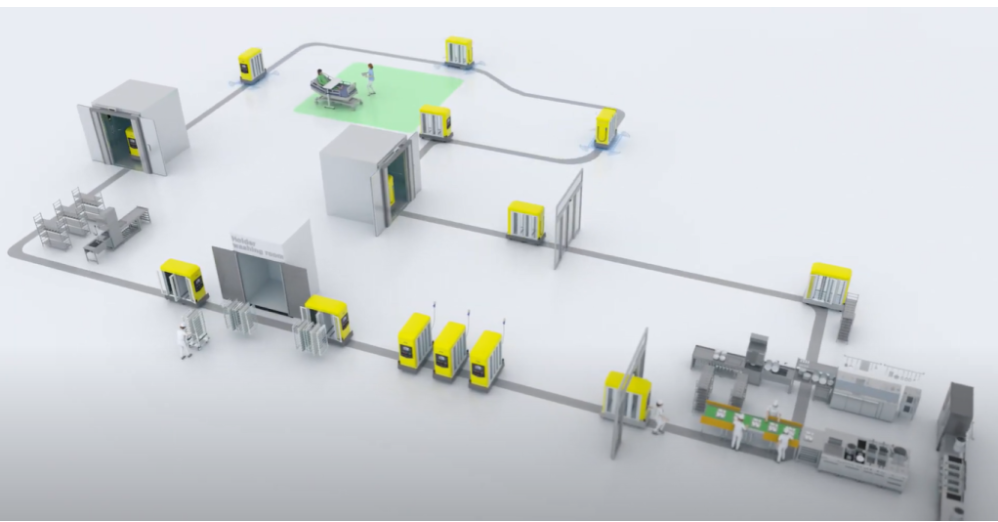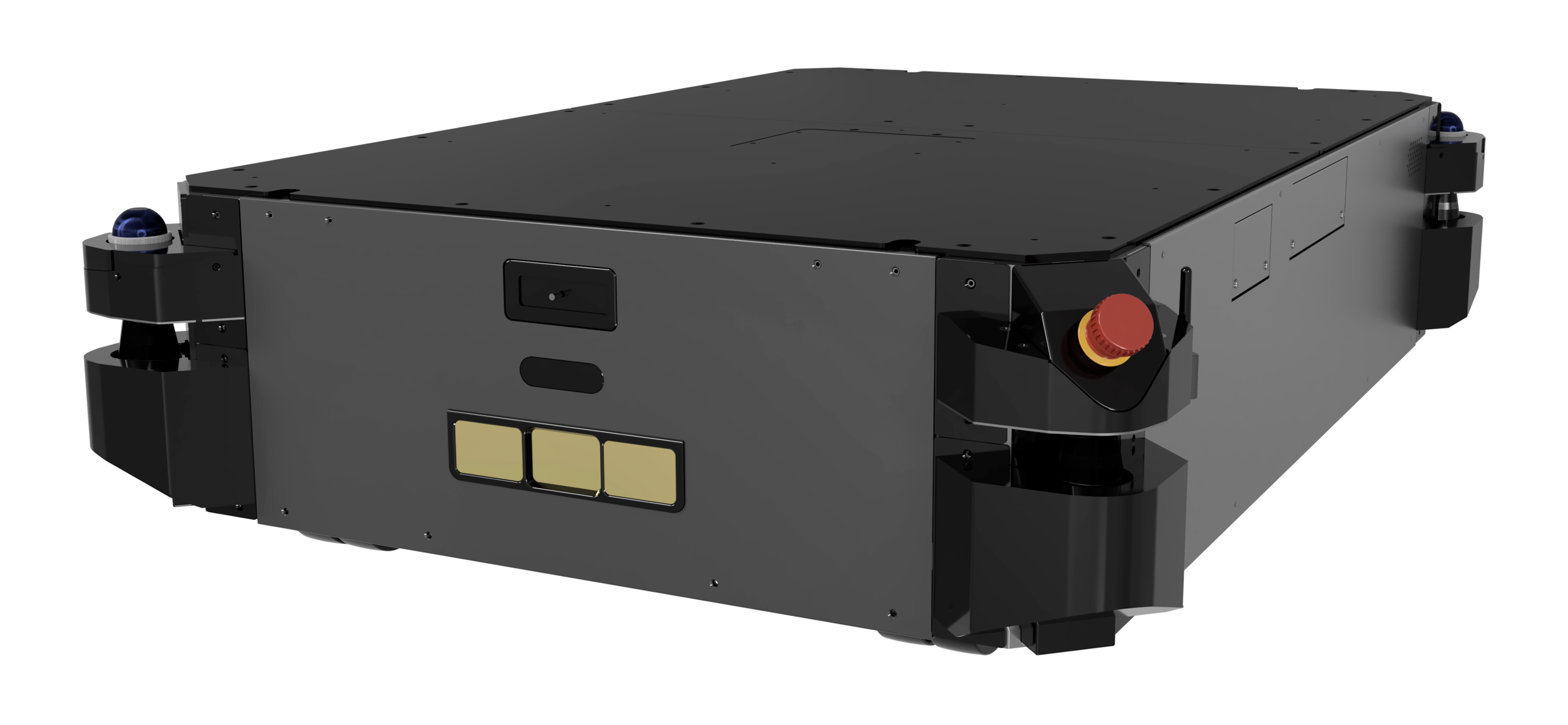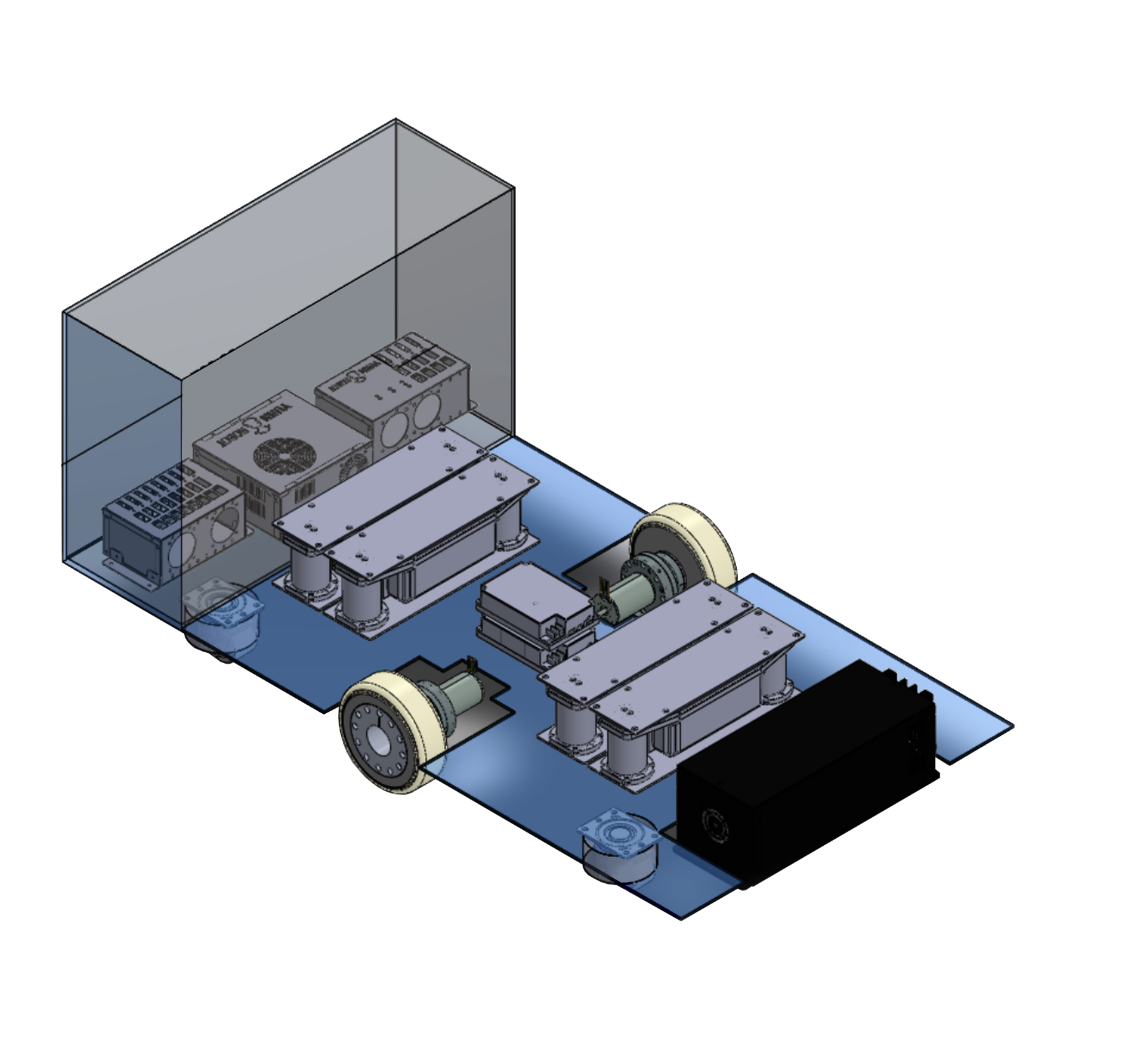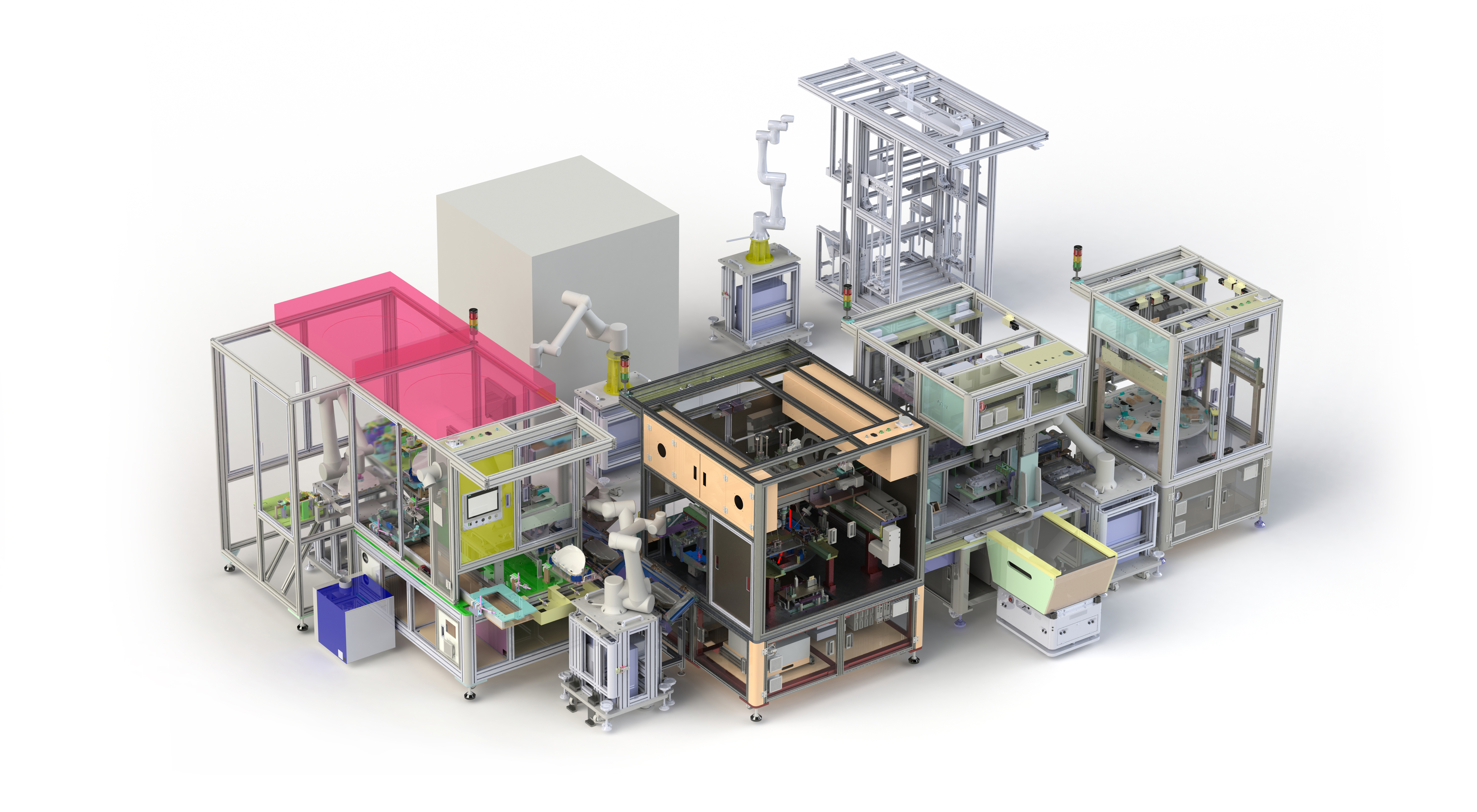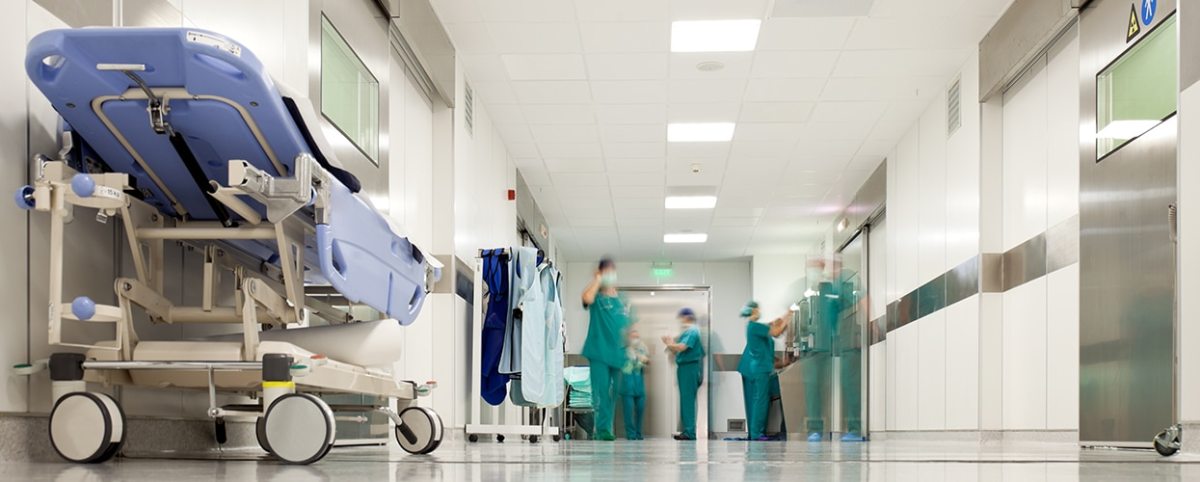According to the Market Data Centre, the robotic nurse assistant industry, currently worth $673 million, is expected to grow by 22%, reaching revenue worth $2,391 million by 2030. The market, which includes mobile robots working in hospitals and senior and homecare facilities, is already transforming how care is delivered around the world.
These autonomous mobile robots (AMRs) equipped with high-tech sensory technology alleviate staff shortages, cut down on mistakes due to human error and make hospitals safer for patients. Keep reading to learn more about how AMRs increase safety while enhancing patient experiences and outcomes.
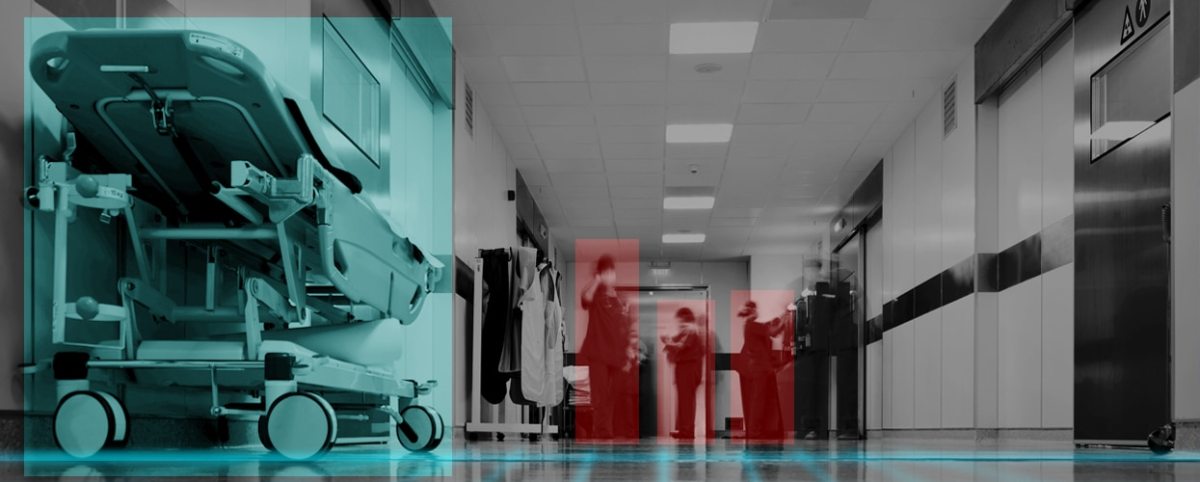
What Are Autonomous Mobile Robots?
Autonomous mobile robots (AMRs) are robotic devices that can move and navigate without human intervention. When equipped with light detection and ranging (LiDAR) systems and mapping technology, AMRs can self-navigate anywhere in the hospital — even through doors and between floors using elevators.
In hospital settings, AMRs are specially outfitted to transport materials such as medications, lab specimens, blood products, general supplies and sterilized operation tools to nurses’ stations, patient rooms, and operating theatres. Far from simple mobile delivery units, AMRs can improve patient care and safety by helping reduce medication errors, improving infection control and freeing up nurses’ time so they can focus on direct patient care activities.
On the job: See a AMR at work in a slovenia hospital.
Hospitals are under constant pressure to improve patient safety and satisfaction while reducing costs. AMRs provide hospitals and other healthcare environments with a way to improve staff efficiency and productivity while ensuring patient safety. Here are three ways AMRs are improving patient safety in hospitals.
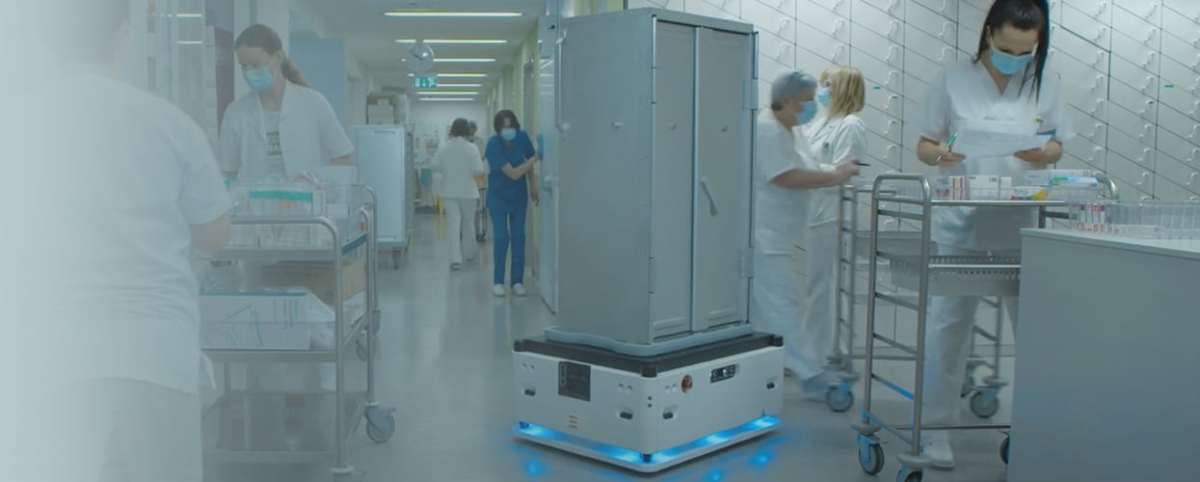
1. Robots Reduce the Spread of Infections and Infectious Diseases
One of the most critical ways autonomous mobile robots contribute to hospital patient safety is by preventing infection. Even before COVID-19 entered the world’s lexicon, hospitals struggled to keep hospital-acquired infections (HAIs) in check. According to pre-COVID estimates from the CDC, about 1 in 31 patients on any given day had at least one HAI — ranging from pneumonia to staph infections to influenza.
As hospitals continue to grapple with COVID-19 transmission, getting HAIs under control is even more pressing. AMRs can significantly reduce transmission risks in several ways, including:
Reducing infectious spread. When AMRs take over delivery tasks, they can enter COVID wards and other infectious areas without posing a risk to patients or healthcare workers. A recent Frontiers study found “the use of robotics as a shielding layer between patients and caregivers is a promising approach to reduce infectious spread in healthcare.”
Sterilizing spaces. Up to 17% of infections in hospitals originate from contaminated surgical sites. Even after cleaning, about 30% of surfaces in one hospital study still contained harmful bacteria. AMRs can be equipped with no-touch sterilization technologies, such as ultraviolet light, that can kill microorganisms on surfaces quickly and efficiently without leaving behind residue.
UV light can also disinfect water and kill microorganisms in food and air. However, UV light in sterilization-level concentrations can be harmful to humans. Sending in UV-equipped AMRs is a safe and efficient way to clean sterile areas and equipment without putting workers at risk.
Disinfecting surfaces. More stringent disinfection protocols after COVID-19 have made cleaning and sanitizing robots even more necessary. AMRs can disinfect entire rooms using onboard cleaning sprays, mechanical arms, and even suction cups that enable them to climb walls and ceilings, working around the clock to keep harmful pathogens at bay.
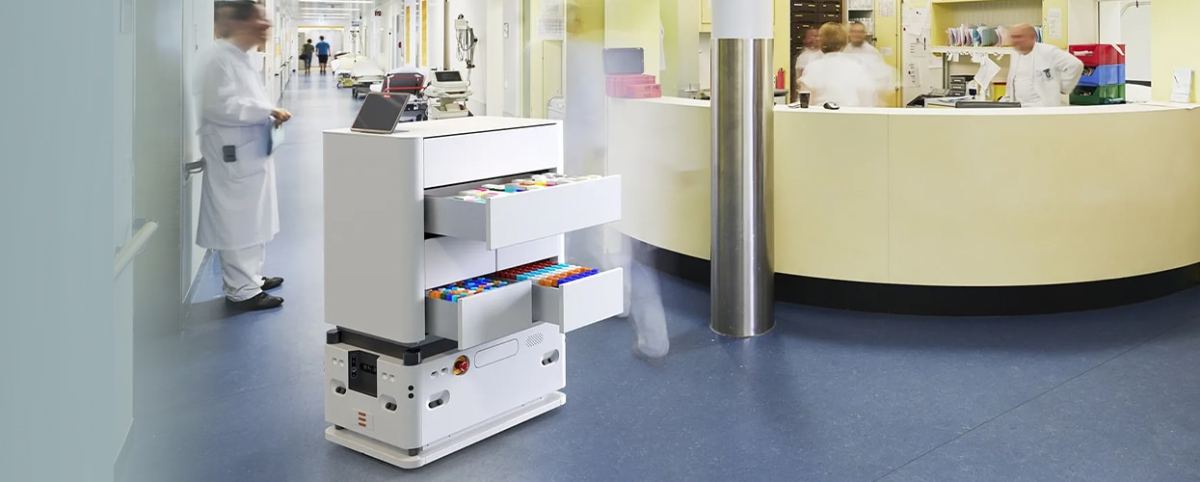
2. Robots Transport Food and Medication to Patients
Robots are tireless workers — literally. They don’t get distracted mid-task or get called away to more urgent matters like their human counterparts. This means AMRs tasked with delivering food, medication or lab samples do so around the clock, quickly and without mistakes.
Many hospitals struggle with getting meals out to patients promptly. It may seem like a minor inconvenience, but it can take up to 30 minutes to get meals from the cafeteria to a patient’s room, which is “a sufficient time for a meal’s temperature to decrease below 60 °C,” according to the science journal MPDI. “If a meal’s temperature falls below 60 °C, bacteria can begin to grow and multiply.”
Robots can be outfitted with hot and cold compartments to keep food at a safe temperature. Secure delivery robots also deliver medications on time and in the correct dosage, reducing the risk of missing or forgotten medications.
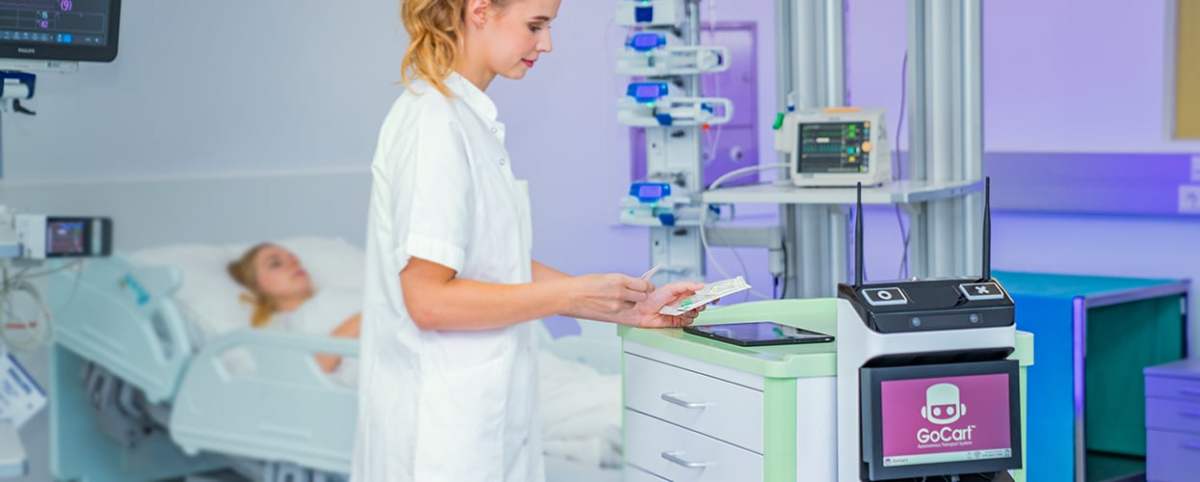
3. Robots Free Up staff to Care for Patients
Nurses spend a significant amount of time on non-care related activities, from tracking down medications, supplies and lab results to housekeeping tasks. By some estimates, nurses spend as much as two-thirds of their time on indirect care tasks (outside the presence of a patient).
Not only do these tasks lead to overexertion, accidents and burnout among nurses, the time nurses spend in direct care activities is directly related to patient outcomes. In short, patients with consistent nursing care are safer and heal faster. Using AMRs to alleviate delegable tasks like lab deliveries, housekeeping and transportation of supplies frees nurses to spend more time with patients.
Fast Fact: The international Federation of Robotics reports that using AMRs could cut the average step a nurse walks by three to four miles daily in a typical 200-bed hospital.
Robots are already revolutionizing care in hospitals and healthcare facilities worldwide and show no signs of slowing down. AMRs improve patient safety and comfort by reducing the spread of infectious diseases, providing contact-free sterilization, delivering food and medications safely and efficiently, and freeing up nurses and other staff to spend more time caring for patients.




